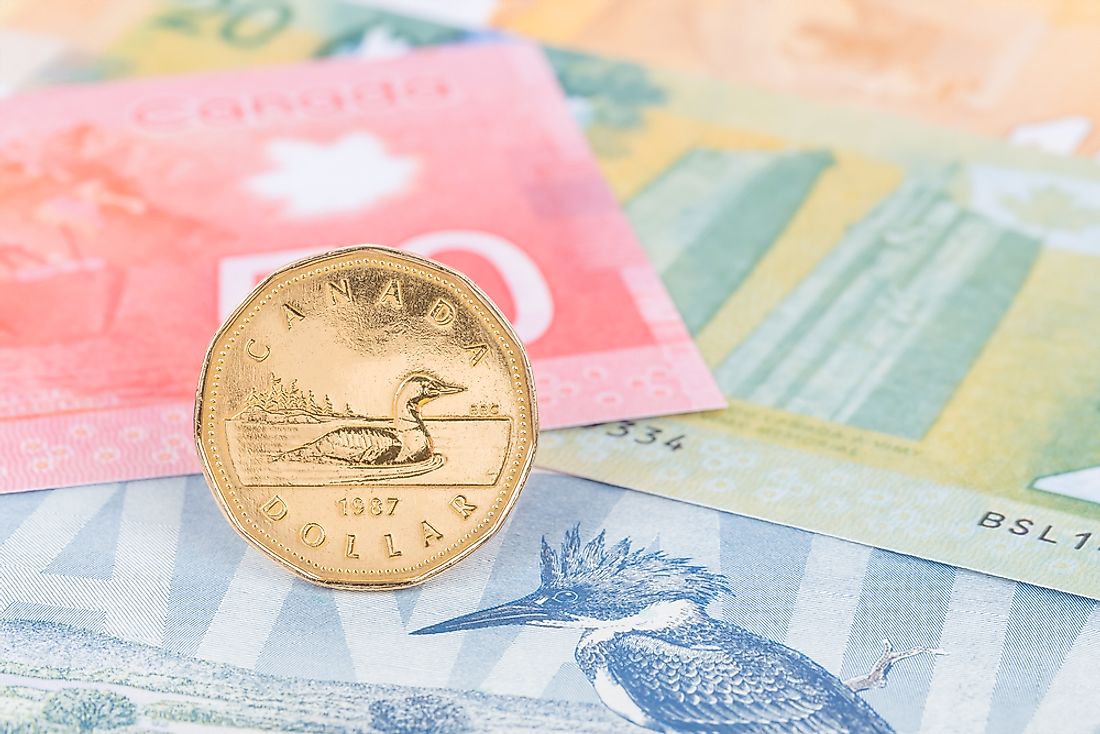The History of the Canadian Dollar

The Canadian Dollar is the official currency in Canada and is recognized as the legal tender of the country. The Canadian Dollar is made up of 100 units known as cents. The currency was introduced into circulation in Canada in the late 19th century and replaced the Canadian Pound. Canada had a long history of other forms of currency before the Canadian Dollar’s introduction.
The 17th Century (1600-1699)
In the 17th century, early Canadian inhabitants used beaver pelts as the medium of exchange. Besides, the beaver pelts and other items were also recognized as the legal tender such as moose skins and wheat. By the mid-17th century, strings made of shell beads as well beaded belts which are collectively referred to as wampum was adopted as the legal tender in the colony of New England. The wampum also existed in different denominations and eight white beads were equivalent to four purple beads which were also equal to one penny. Wampum was highly valued as the making of the beaded items was a complex undertaking (a 5000-bead belt took up to 119 days to complete). Card money was first issued on June 8th, 1685 and another issuance taking only three months later. The Card money currency was printed on playing cards. However, this form of currency was criticized as the card money was prone to counterfeit and fraud.
The 18th Century (1700-1799)
The 18th Century saw the introduction of coinage with the first copper coins being issued in 1722. However, these coins were not popular with merchants who instead encouraged their clients to use the traditional forms of currency and allowed their customers to purchase items based on their respective credit standing. In early 1729, the colonial government was granted permission to reintroduce card money after making a formal request to the King of France.
The 19th Century (1800-1899)
The Montreal Bank was established in 1817 and soon after it was established the first issue of bank notes in Canada was availed in circulation. The bank notes were well received by the general public and were accepted as the primary mode of payment in Canada. The other leading banks in Canada issued bank notes after witnessing the reception of the bank notes issued by the Montreal Bank. The Canadian Pound was introduced as the official currency in Canada in 1841. However, the currency was fractional and so the colonies saw the need to establish a decimalized currency with most preferring to base the new decimalized currency on the US Dollar. The Canadian Dollar was introduced in 1858 and was initially used in the colonies of New Brunswick, Nova Scotia, and Canada which had in 1867 formed a federation known as the Dominion of Canada which had established a gold standard in 1854. The Canadian Dollar was later formally recognized as the official currency in Canada in April, 1871 after the Parliament of Canada passed the Uniform Currency Act.
The 20th Century (1900-1999)
In the early 1900s, Canada and the rest of world were embroiled in the First and Second World Wars which were detrimental to the economy of the country. Canada had temporarily abandoned the gold standard in 1914 during the First World War and later abolished the gold standard indefinitely in 1933.
The 21st Century (2000-present)
In 2002, the value of the Canadian Dollar was exchanging at US$ 0.6198, while the first banknotes made of polymer were issued in November 2011.











